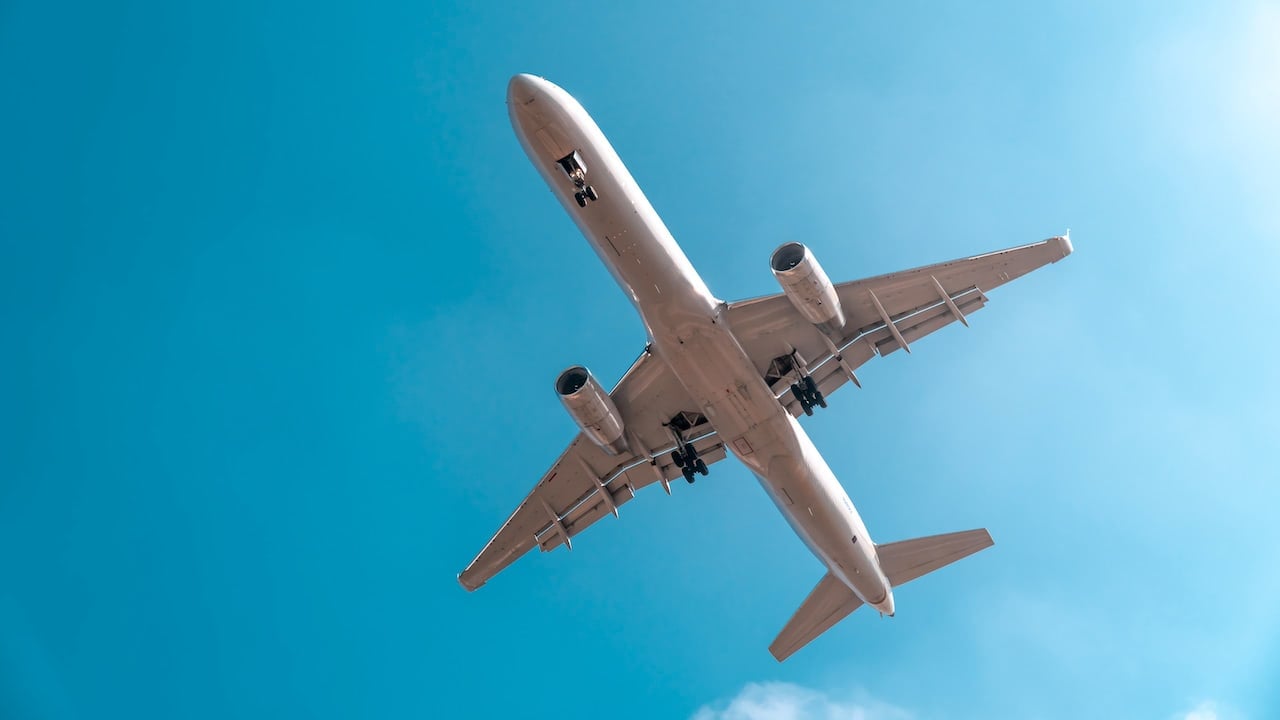Of all the structural elements of an aircraft, the fuselage is one of the most essential.
The fuselage is the ‘body’ of an aircraft, its primary structure; it is the envelope that houses the cockpit, the space for carrying passengers or for the cargo hold. It is also the framework to which other fundamental parts are attached, such as the wings, tail empennage or landing gear.
Here we talk about the fuselage of an aircraft: what it is used for, what it is made of and how many different types of fuselage there are. Don’t miss it!



